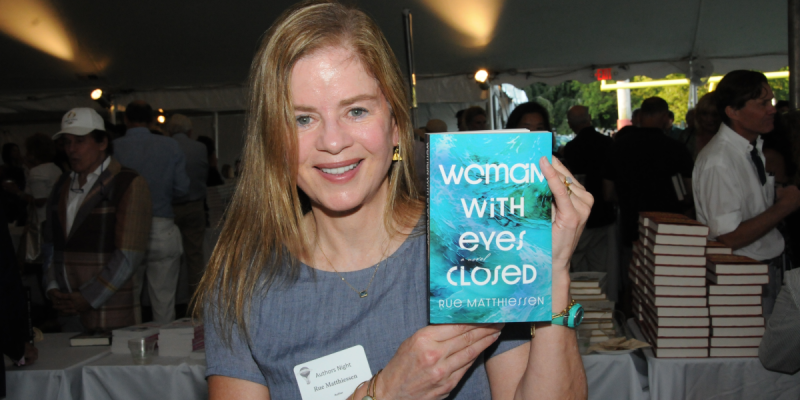I’ve been pretty negative lately about the Nets, for a variety of reasons, Mostly because of the Nets. But there’s more than just the negativity, especially in the past fourteen games since the Gerald Wallace trade. So in honor of positivity, happiness, and all things not terrible, here are three Nets-related things I’ve enjoyed watching recently.
Deron Williams back-screening seven-footers
Okay, so Jan Vesely isn’t exactly Dwight Howard, but the Nets have one of the largest, most in-chargest point guards in the NBA, and haven’t utilized him enough banging larger bodies. He probably couldn’t set a screen like this on anyone but a 6’10” tweener, but there are enough of those in the NBA, and Deron’s defensive draw isn’t going to be in any position to help on a big at the rim, since he’ll be undersized as well as focused on Deron Williams. An additional credit goes to Shelden Williams, who saw the play develop at the top of the key and gave Humphries a quick pass inside for the easy finish.
Zone defense
Philadelphia’s superior athleticism meant that the Nets had little chance in man-to-man coverage, and during Tuesday night’s game, Avery Johnson switched the Nets to a zone defense on a few occasions, finding success. “We went 5-5 with the zone in the first half,” Johnson noted after the game.
I took a look back at that first half, and sure enough, he was right:
Five possessions, three missed shots (two of them bad shots), two turnovers. Something you’ll see in all five zone possessions is that they come in a relatively mundane half-court set, usually off missed free throws or out of timeouts. Five possessions don’t seem like much, but when the Nets missed shots, as they did more often than anything else, Philadelphia’s superior athletes raced down the floor before the Nets could set up in anything but man-to-man.
On a few occasions, the Nets seemed caught between man-to-man and zone defense. Given that Jordan and Shelden Williams need more time than most to make it back when attacking the glass offensively, Sundiata Gaines would drop into the paint defensively in the hopes of cutting off lanes to the basket. However, since the brothers Williams aren’t guarding the perimeter by any stretch once the defense is set up, Philadelphia had a few quick moments to take advantage — and they did.
In the second half, the Nets began giving up offensive rebounds in the zone, and they didn’t replicate their first-half success. As an aggregate, the zone isn’t a primary defense to rely on in the NBA, given how difficult it is to perfect and its lack of usefulness in situations that don’t give the defense ample time to construct itself. Avery called the defense their “two” (meaning their man-to-man was “one,”) but it’d be interesting to see this “two” come up more often as the season closes.
Point guards that aren’t point guards
Early on this season, Avery Johnson had a lot of trouble playing any lineups without a distinct point guard — either Deron Williams, Jordan Farmar, or Sundiata Gaines had to be on the floor at any given time. However, perhaps as a statement of looseness or perhaps out of the necessity of circumstance, Avery has lately relented on that principle.
You could argue that there are no “positions” in basketball, per se, merely loose connections of a variety of roles, filled by men of different heights, weights, and skills. Depending on the type of offense you run, once the ball’s in the half-court you could argue that anyone is a point guard, specifically whoever happens to be distributing at that particular moment. One of the beautiful things about the triangle offense, an offense I’m barely beginning to understand, is that all five players can play any position at any given time, precisely because there are no positional restrictions.
Avery Johnson is hardly running the Nets in a triangle offense, and the Nets aren’t going to vary much from their pick-and-roll, curl-and-cut, Deron-attack offense, mainly because the particular set of skills they want to maximize in their offense are the ones that give their best player and franchise candleholder the most opportunities to experiment and flourish.
When Deron exits the game, Avery has become adept at allowing non-point guards, normally Gerald Wallace and MarShon Brooks, set the tempo in the half-court offense. Wallace is particularly and oddly adept at relegating the game’s tempo; despite his brash, never-ending bastions of energy on the floor, he shows no frivolous nerves when handling the ball. And in the very small sample size of just ten minutes, a lineup of Wallace/Green/Morrow/Stevenson/Jordan Williams has produced results: they shoot an above-average 53.3% effective field goal percentage, holding opponents to just 41.7%.
Statistical support for this story provided by NBA.com.




















